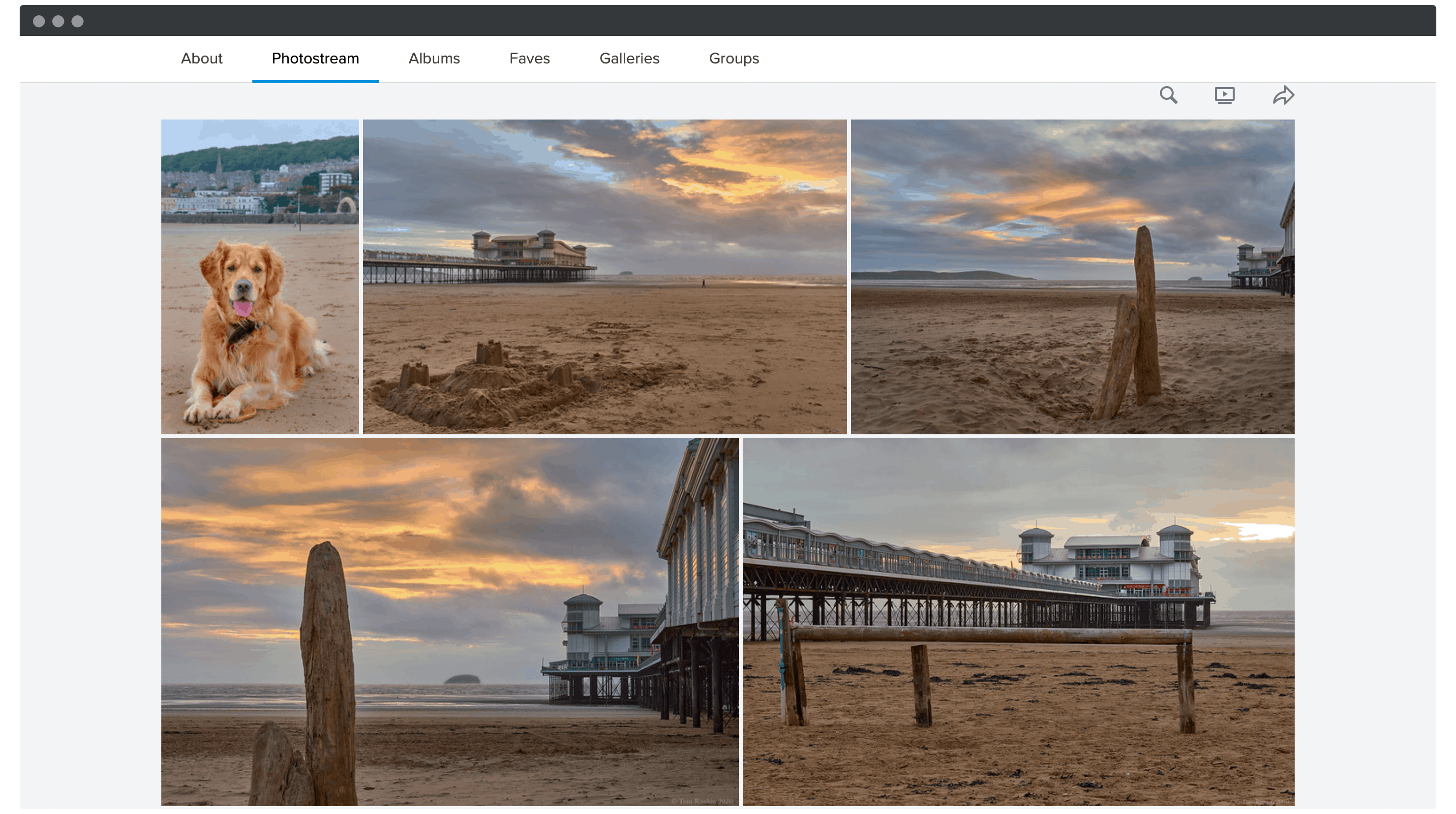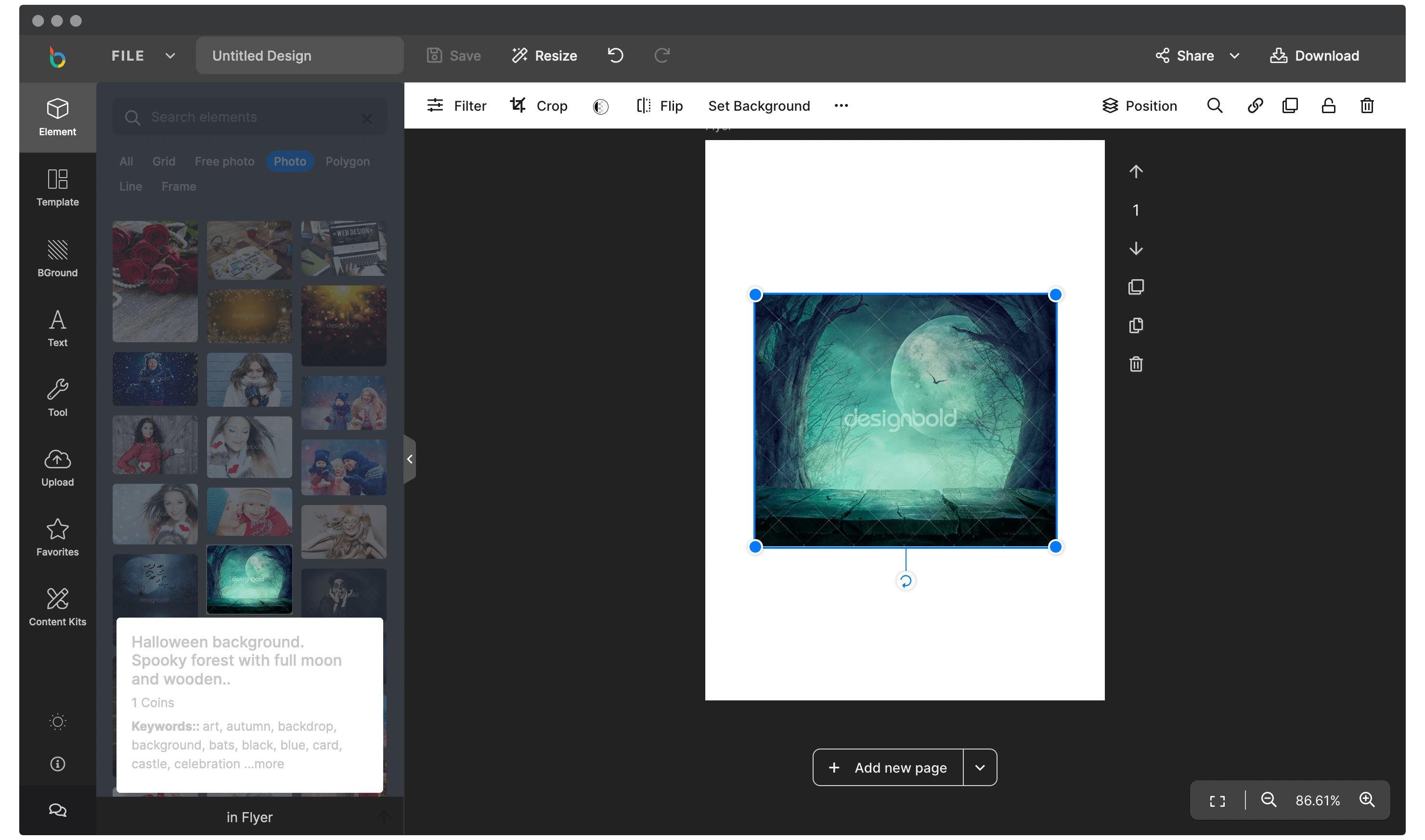ECommerce is already big business. However, there has been a surge during the global COVID-19 pandemic of people parlaying their hobbies and skills into paying ventures. Photography is one area you might turn to. However, to sell your photos online, you’ll need to choose the right platform.
There are many approaches you could take to sell your photos online. However, it’s a good idea to narrow your focus to one area or niche. This lets you maximize the income you’ll get for your efforts, and build a viable business.
In this post, we’ll begin by talking about why you’d want to sell your photos online. Then, we’ll chat about choosing a niche of photography eCommerce, such as stock sites. Finally, we’ll run down five great ways to sell your photos online.
Why You’d Want to Sell Your Photos Online
While we’re focusing on photography in this post, we could be talking about any eCommerce niche. The numbers indicate that eCommerce sales are growing, and will continue to rise. This alone is a great reason to think about earning money from your hobbies and pastimes.
Also, given the demand for eCommerce during the global pandemic, using your talents to sell your photos online has a number of plus points:
- You can dedicate as much time as you need to selling your images. It could be a full-time gig, or a side hustle.
- Selling photos is a great, mostly passive, income generator. This is especially true if you secure lucrative licensing for your images (more of which later).
- You can continue to earn money from previously paying projects. For example, you can take portrait work you’ve carried out and turn it into stock photo gold.
Ultimately, if you have a batch of images that you feel are worthy of promoting, finding a way to sell your photos online is a winning strategy.
The Best Type and Format of Photos to Sell
However, once you decide to sell your photos online, you’ll want to choose how and where you’ll market them. There are a few different formats and types to pick from:
- Stock photography. This involves creating all manner of ‘conceptual’ images on various subjects, for use by others in their own content.
- Rights-managed licensing. This has many hallmarks of stock photography. However, here you sell a license to use your photography, rather than the images themselves. It’s usually lucrative, yet a tough market to break into. The photos are often journalistic or editorial in nature.
- Individual prints. If you’re a landscape or art photographer, selling prints of your work makes sense. However, your potential income could be lower than other approaches.
You may already have an idea of what avenue you’d like to pursue. However, if not, check out our next section for some inspiration.
5 Perfect Places to Sell Your Photos Online
Because there are so many options available, we’ve grouped the places by platform. Let’s quickly summarize them:
- Your website is the ideal place to sell your photos, in our opinion.
- Stock photo websites could be lucrative if your images are downloaded by a lot of people.
- A dedicated photography eCommerce platform offers a good middle ground between your own website and a builder-style platform.
- Photo sharing sites, such as Flickr or 500px, have a captive audience and often an integration to help you sell.
- A graphic design platform such as Canva accepts contributions towards its own cache of premium image elements.
Throughout, we’ll discuss any important platform-specific differences within the relevant section.
1. On Your Own Website
First off is (in our opinion) the best way to sell your photos online. Setting up your own website is not only straightforward, it comes with a number of benefits:
- You can decide how the website looks, along with what functionality it has.
- The images you upload are under your control and management.
- You get to keep almost all of the revenue you generate from your sales.
While there are many platforms you could use, such as Wix or Weebly, we recommend WordPress:

It’s a full-featured Content Management System (CMS), that can be extended using add-ons called ‘plugins’. We’ll discuss this in more detail shortly, although for now note that you’ll usually need one to turn your WordPress site into a viable eCommerce platform.
In addition, creating a dedicated website is user-friendly, and doesn’t hit your wallet as hard as other solutions.
How to Use a WordPress Plugin to Sell Your Photos Online
For the uninitiated, plugins are ways to extend a WordPress website, and some are almost essential. They’re usually free, although there are premium options too.
To sell your photos online, you’ll need a plugin to add the appropriate functionality to your site. Here are the steps you need to take:
- Research a suitable photo gallery plugin.
- Potentially install an eCommerce plugin such as WooCommerce if your photo gallery plugin doesn’t include the functionality.
- Upload your images to your Media Library.
- Promote and market your website.
As we said, setting up your own website to sell your photos online is our recommended approach. However, it’s not the only one. Let’s take a look at some other viable options.
2. Through a Stock Photo Website

If you’re unsure about stock photography, don’t be. It can be a lucrative income builder if you have talent and the right audience.
Stock photography involves taking photos of conceptual scenes, and offering them for purchase. You’ll know the style – think posed office scenes, abstract architecture, and eccentric shots of animals:

The market for royalty-free stock images is huge. Pixabay, Pexels, and more all have massive communities and user bases. However, there are also a number of premium stock sites to choose from.
For example, Shutterstock and iStock are popular sites. What’s more, Alamy, Adobe Stock, Envato Elements, and more all have plenty of users.
Getting started with stock photography is as straightforward as signing up. However, getting paid is more complex. These sites usually pay you on commission based on the number of downloads made per month. Generally, you can expect around 15 percent initially from any downloads. This means you’d need to turn over large numbers to earn comfortable money.
How to Sell Photos On a Stock Photo Website
It’s in the stock site’s best interests to make the signup process easy. As such, there are only a few steps to get started:
- Sign up for an account.
- Provide personal details and confirm your identity.
- Upload your images.
- Add metadata to your images.
- Submit your content for review.
Your images are then reviewed by a member of the team. If they pass, they appear in your portfolio ready for purchase. However, note that you may need to go through the whole process again if your photos don’t pass a review.
3. On a Dedicated Photography eCommerce Platform
A photography eCommerce platform combines a number of different elements to offer what may amount to the best option for a lot of users. A platform will usually include elements such as eCommerce functionality, a way to promote your site, a way for users to find your photos, and more.
The goal here is to provide a ‘turnkey’ platform for adding, marketing, and selling your images. Visual Society is a leader in this market, although there are others such as Pixpa, Redbubble, and Smugmug.

While you do get to decide how your site operates, the confines are determined by the platform itself. What’s more, there’s less flexibility for changing platforms down the line, and you potentially don’t have full control over the ownership of your images.
As for cost, most sites operate on a subscription-based level. You should expect to pay around $5–30 per month for access to your site. Of course, if you don’t sell enough prints, you may end up chasing the cost of your subscription every month.
How to Sell Photos On a Dedicated Photography eCommerce Platform
Setting up on a dedicated platform is much like applying to a stock photography website. Here are the general steps:
- Sign up for an account and provide some personal details.
- Upload your images to your account.
- Potentially activate any eCommerce functionality for the platform.
- Begin selling your photos.
Note that the process may differ depending on your needs, and what is required by the platform. For example, you don’t have to add metadata, but this is going to help customers find your images, so it’s a worthwhile task to complete.
4. Through a Photo Sharing Platform
On paper, using a photo sharing platform to sell your photos online makes perfect sense. For starters, there is a captive audience for your images, and offers ‘passing trade’ that could net you a few more sales.
Sites such as 500px and Flickr are well-known in the industry, and of course Instagram has mammoth traffic numbers:

However, there are some drawbacks to this approach. For one, the platforms aren’t marketplaces. This means they’re not always set up for eCommerce, and the traffic isn’t ‘qualified’. In other words, you’ll have to sift through users in order to find those interested in buying images.
Even so, these sites have tried to integrate selling functionality – 500px has a licensing program, and Flickr actually integrates with SmugMug. While Instagram still isn’t a dedicated photo eCommerce platform, there are ways to leverage its functionality to sell your images.
How to Sell Photos Through a Photo Sharing Platform
Much like stock sites and photography eCommerce platforms, setting up shop on a photo sharing site has a similar process:
- Sign up for an account.
- Set up your profile to match your branding.
- Upload your images.
- Potentially add metadata.
- Set up your eCommerce functionality.
Depending on your platform, you’ll have either a smooth ride or a treacherous experience. For a site such as Flickr, the SmugMug integration is almost seamless. However, your mileage may vary for other platforms.
5. On a Graphic Design Platform
Our final way to sell your photos online isn’t something you may have considered, but could be a ‘sleeper’ option.
Graphic design platforms such as Canva, DesignBold, and many more ask for contributions to fill image and illustration sections on site. A user can browse images while they’re putting a design together, and drag them into the layout:

This is a smooth way to get your images in front of potential qualified users. For starters, you’ll know that everyone on the site will be interested in images of some sort. Plus, because they pay per image, there’s no sales pitch to give or website to maintain. As such, it’s a great passive income stream.
However, you’re bound by similar conditions as stock sites. For example, your images may be subject to review, and the platform decides whether your photos are appropriate.

Also, you may not be able to guarantee that your photos are used in a way you’d like. For example, it could be that a creator crops an image and edits it further to align with their vision. If they’ve bought a license, you’ll have no say in whether you let this happen.
How to Sell Photos On a Graphic Design Platform
You’ll find the process for selling through a graphic design platform much like the other solutions in this list. Namely:
- Sign up for a dedicated contributor account.
- Create your images and submit them to the platform.
- Wait for the review process to be completed.
However, in our opinion, a graphic design platform is more passive than other approaches. This is because you’re largely waiting on users to select your images, rather than actively promoting them on the platform. Still, with the right set of images, you could see a sizable income roll in.
Wrapping Up
Photography is a simple skill to pick up, but difficult to master. Even so, with a suitable platform and a batch of images, you can sell your photos online with a matter of minutes.
In this post, we’ve run through five ways to sell your photos online. Let’s quickly recap:
- On your website, as you’ll get to own and control all of your content.
- Through a stock photo website – and there are many available.
- On a dedicated photography eCommerce platform, such as Visual Society.
- Through a photo sharing site, such as Flickr or 500px.
- On a graphic design platform such as Canva, as premium image elements.
Do you want to sell your photos online, and if so, what platform interests you? Share your thoughts in the comments section below!
Image credit: RonBerg.









Leave a Reply